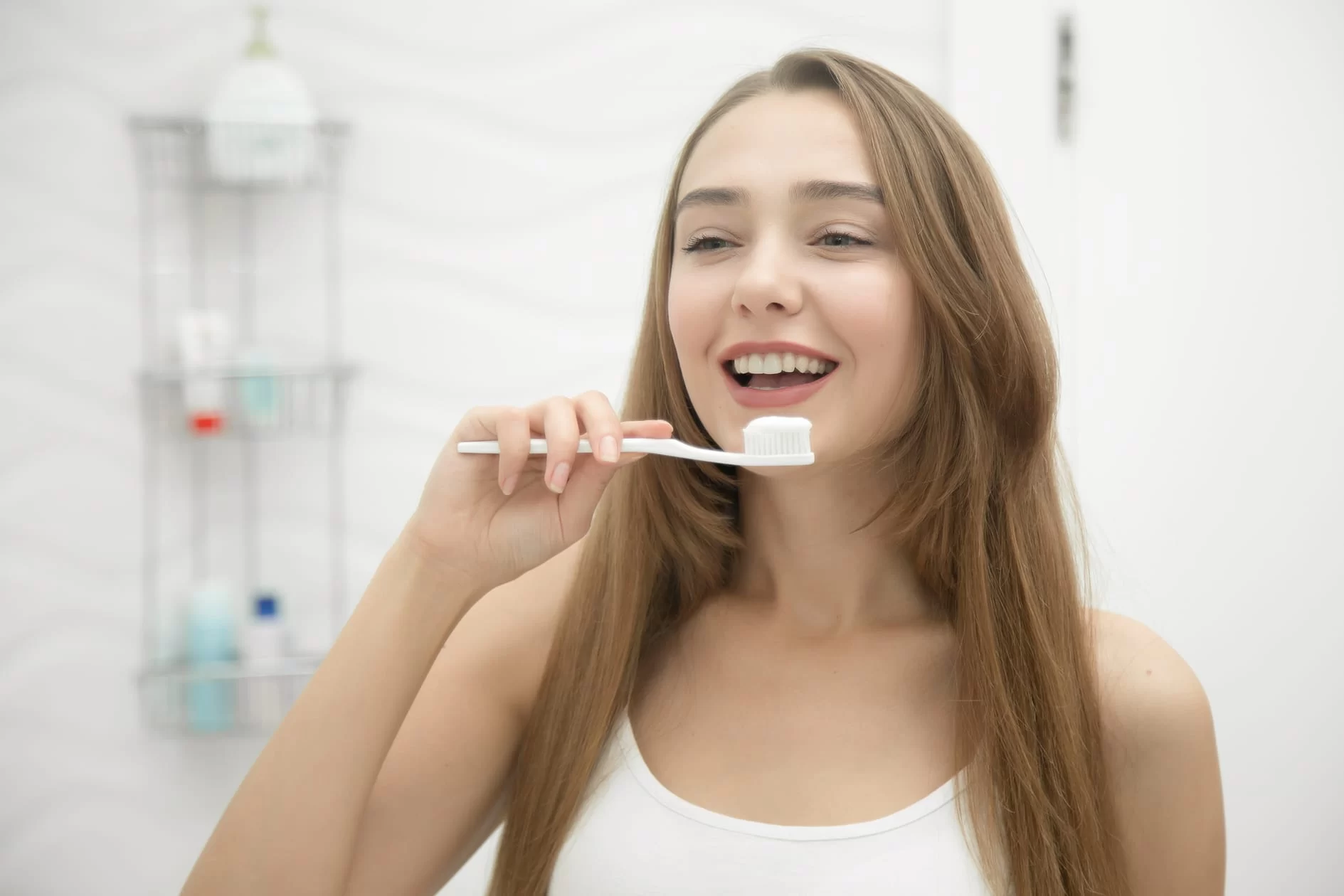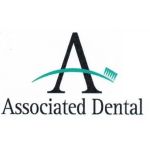
When Should You Replace Your Toothbrush After Being Sick?
- The Importance of Replacing Your Toothbrush After Illness
- Signs It’s Time to Replace Your Toothbrush
- How Sickness Affects Your Toothbrush
- When to Replace Your Toothbrush After a Cold or Flu
- Post-Sickness Toothbrush Care Tips
- Tips for Maintaining Toothbrush Hygiene
1. The Importance of Replacing Your Toothbrush After Illness
After being sick, many people don't consider replacing their toothbrush, but it’s crucial for maintaining good oral health. Bacteria, viruses, and other germs can linger on your toothbrush, putting you at risk of reinfection. Whether it’s a simple cold or something more serious like the flu, your toothbrush can harbor pathogens that may prolong your illness or make you sick again. Replacing your toothbrush can help prevent this and ensure you continue with optimal oral hygiene.
2. Signs It’s Time to Replace Your Toothbrush
Aside from after being sick, there are other key signs that indicate it's time to replace your toothbrush. The general recommendation is to replace it every three to four months. However, here are additional signs that your toothbrush may need replacing sooner:
- Frayed Bristles: If the bristles are worn down, it’s no longer effective in cleaning your teeth.
- Visible Damage: A toothbrush with damaged or broken bristles may not clean effectively.
- Color Changes: Discoloration on the bristles could be a sign of bacterial buildup.
3. How Sickness Affects Your Toothbrush
During illness, your body expels germs through mucus, saliva, and other fluids. When you brush your teeth while sick, these germs can remain on the toothbrush. The moist, warm environment of your bathroom provides an ideal breeding ground for bacteria, making it more likely that your toothbrush will harbor harmful germs. If you continue to use the same toothbrush after being sick, you may inadvertently reintroduce these germs into your system, potentially leading to a prolonged or recurring illness.
4. When to Replace Your Toothbrush After a Cold or Flu
After recovering from a cold or the flu, it’s essential to replace your toothbrush as part of your recovery process. Even though you might feel better, your toothbrush can still be contaminated with viruses like the flu or cold germs. Replacing it as soon as you start feeling better reduces the risk of reinfection. Experts recommend doing this as soon as you are no longer symptomatic, or once your illness has passed. If you’re unsure, it’s best to replace it at the start of your recovery phase.
5. Post-Sickness Toothbrush Care Tips
If you can’t replace your toothbrush immediately after being sick, it’s essential to clean it thoroughly to eliminate as much bacteria as possible. Here are some tips to disinfect your toothbrush after illness:
- Soak in Antibacterial Solution: Soak your toothbrush in an antibacterial mouthwash or hydrogen peroxide for a few minutes to kill germs.
- Rinse Thoroughly: After brushing, rinse your toothbrush under hot water to remove any lingering germs.
- Store Properly: Keep your toothbrush in an upright position, allowing it to air dry completely between uses. Avoid storing it in a closed container, as this can trap moisture and encourage bacterial growth.
6. Tips for Maintaining Toothbrush Hygiene
To ensure your toothbrush stays in good condition and free from harmful germs, it’s important to maintain proper hygiene practices. Here are a few key habits to follow:
- Clean Regularly: Give your toothbrush a thorough rinse after each use to remove toothpaste and debris.
- Keep it Dry: Avoid leaving your toothbrush in a wet environment, as this promotes bacteria growth.
- Replace Every 3-4 Months: Even if you haven’t been sick, be sure to replace your toothbrush regularly for optimal cleaning performance.
By replacing your toothbrush after illness and taking care of it properly, you ensure that you maintain good oral hygiene and avoid reinfecting yourself with any harmful germs. If you’re looking for the best tools to help maintain a healthy smile, be sure to check out Dentistry Toothtruth for professional recommendations on toothbrushes and dental care products.







 Flanders Pediatric Dentistry4.0 (210 review)
Flanders Pediatric Dentistry4.0 (210 review) Troy Orthodontics4.0 (75 review)
Troy Orthodontics4.0 (75 review) Daniel P. Donoho, DDS4.0 (2 review)
Daniel P. Donoho, DDS4.0 (2 review) Familia Dental4.0 (458 review)
Familia Dental4.0 (458 review) Portland Pearl Orthodontics4.0 (65 review)
Portland Pearl Orthodontics4.0 (65 review) Best Impressions Orthodontic0.0 (0 review)
Best Impressions Orthodontic0.0 (0 review) The Importance of Oral Health Education During Pregnancy for a Healthy Pregnancy
The Importance of Oral Health Education During Pregnancy for a Healthy Pregnancy Best Tips for Brushing Your Teeth Properly for Healthy Gums: Essential Techniques for Oral Health
Best Tips for Brushing Your Teeth Properly for Healthy Gums: Essential Techniques for Oral Health Why Skipping Dental Checkups Can Lead to Bigger Oral Health Problems
Why Skipping Dental Checkups Can Lead to Bigger Oral Health Problems Advantages of Porcelain Dental Restorations
Advantages of Porcelain Dental Restorations How Can Diabetes Cause Tooth and Gum Problems? Preventing and Managing Oral Health Issues
How Can Diabetes Cause Tooth and Gum Problems? Preventing and Managing Oral Health Issues Healthy Habits for Promoting Good Oral Health and Hygiene: Tips for a Healthy Smile
Healthy Habits for Promoting Good Oral Health and Hygiene: Tips for a Healthy Smile